|
A lot of us have heard of the terrible situations where people have died from hypothermia and usually this is in places where there is snow, frost and ice. Can this happen here in Brisbane? Well the answer is yes! It sure can and there has been people who have nearly lost their lives or have indeed died. Just last year a man was pulled out of the Brisbane River suffering hypothermia, fortunately he was pulled out by two men who were nearby. A fishing boat was swamped by two waves early in the morning in Moreton bay and capsized, plunging the three occupants into the water, where one died and one other hung on to an esky and another to a fuel drum, until they were rescued and transported to hospital with hypothermia. COMMON CAUSESHypothermia (hypo=low) is when the body temperature drops below 35°C, our temperature usually sits at 37ºC but can vary .5ºC of a degree either way and still be normal for that person. Hypothermia can happen when someone is in temperatures under 10°C for a long time, or if they have been in cold water such as a lake or the ocean when it is less than 20°C even someone working in a freezer room can experience hypothermia, especially when they don't wear the correct clothing, in the workplace this is called PPE (Personal protective equipment). They may not always be aware of what they are experiencing and therefore not realise their need for medical attention. The body has only a few degrees tolerance so if it is below 32°C this is indeed life threatening. Hypothermia can occur very suddenly such as falling into icy water or gradually being a deceptive process. WHO IS AT RISK? This can happen to anyone of course but there are some people that are at a higher risk than others.
As mentioned above children and babies are at high risk from extreme cold and can develop hypothermia very quickly as their body size is so small and they have less muscle mass. It is important to cover their head if they are out in cold weather and limit exposure to prolonged or extreme cold weather even winds. WHAT ARE THE SIGNS & SYMPTOMS? Some devastating cases there has been dangerous cardiac arrhythmia's and even cardiac arrest causing the person to even look like they are already deceased but still have a weak and slow pulse. MANAGEMENT It is essential that they are warmed of course but this needs to be done in a slow manner as treatment ranges from non-invasive, passive external warming to active external warming. Assess how serious their situation is and call for an ambulance (000-112) if required. If they are in a cold environment and you can move them to a more protective or dry place then do so. Throughout the time, you are with them continue to manage and monitor their basic life support (BLS) (consciousness, breathing, airways etc.) as in the DRSABCD (Action Plan) taught in First Aid Courses. If their clothes are wet and you can change them, this will reduce, the further loss of heat from their body Don't remove their clothes if you don't have anything to wrap around them. Dry their skin if they are wet and give them some warm fluids if they are fully conscious, remember they are cold so it will not need to be a steaming cup of coffee or tea just tepid. Rewarming for first aiders or those helping in the public, does not include placing the casualty in a warm/hot bath, massaging their legs or arms, using heating pads or giving alcohol. These are actions that may have been past management options but have been identified as potentially being dangerous and they can cause blood to be directed to the skin, away from the vital organs and potentially cause the blood pressure to fall possibly causing death. Often a discussion in training arises about giving alcohol (also caffeinated drinks) as this particularly is still thought of as okay. In fact it may give them a warm and fuzzy feeling but does little for warming as they can be dehydrated already and this can exacerbate there situation.
If there is going to be a delay in help arriving the operator will direct you in how to manage that emergency as they will require assistance if they are not shivering but very cold using the active rewarming management techniques such as those heat packs in a first aid kit, caution not to cause a burn to their skin, or even body to body warmth. Of cause in some situations CPR is performed to keep blood circulating through the body as is recommended that this is continued until the casualty is re warmed to about 32º. A young 7-year-old girl survived a near drowning in cold waters in Sweden years ago with the lowest recorded body temperature of just 13º. How amazing is that?
1 Comment
|
AuthorI'm all about educating those who have completed a First Aid Course & those that haven't....... You can B-The one to make a difference so B-Ready! Archives
February 2018
Categories |
We Would Love to Have You train with us!
HoursOffice hours
M-Th: 9am - 5pm F: 9am-4pm |
Telephone |
|
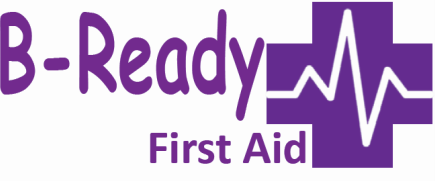
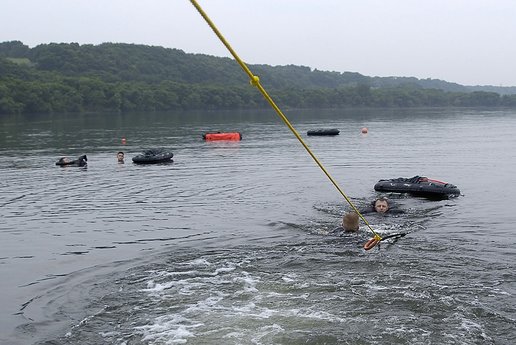

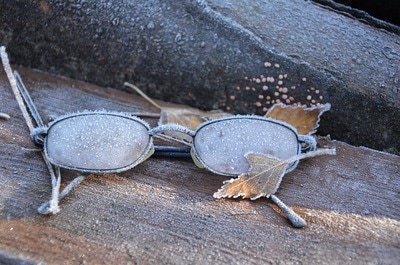
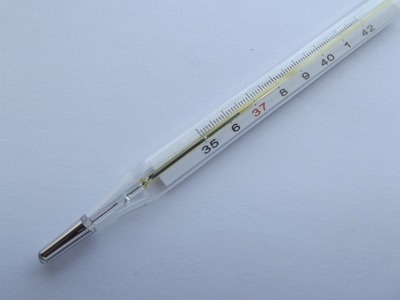
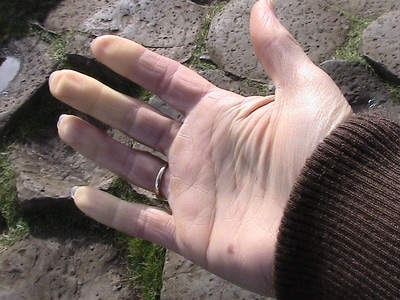
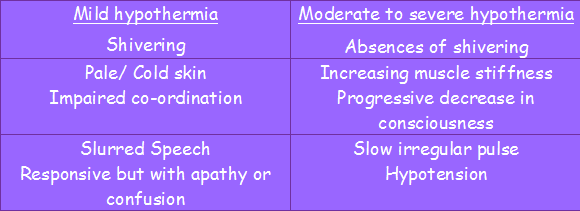
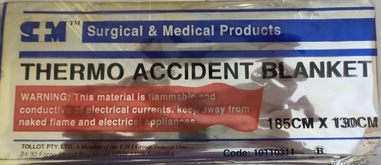


 RSS Feed
RSS Feed


